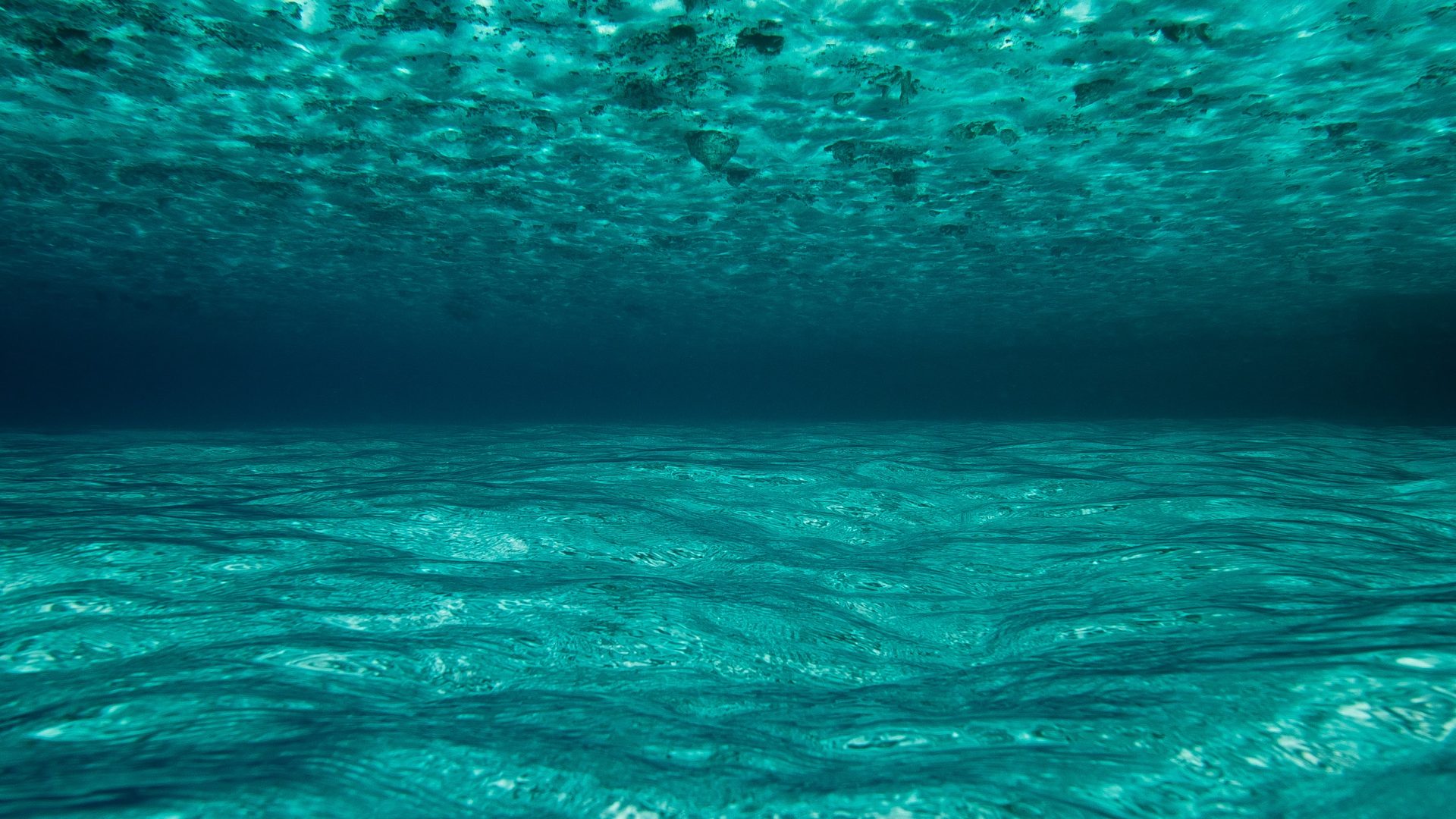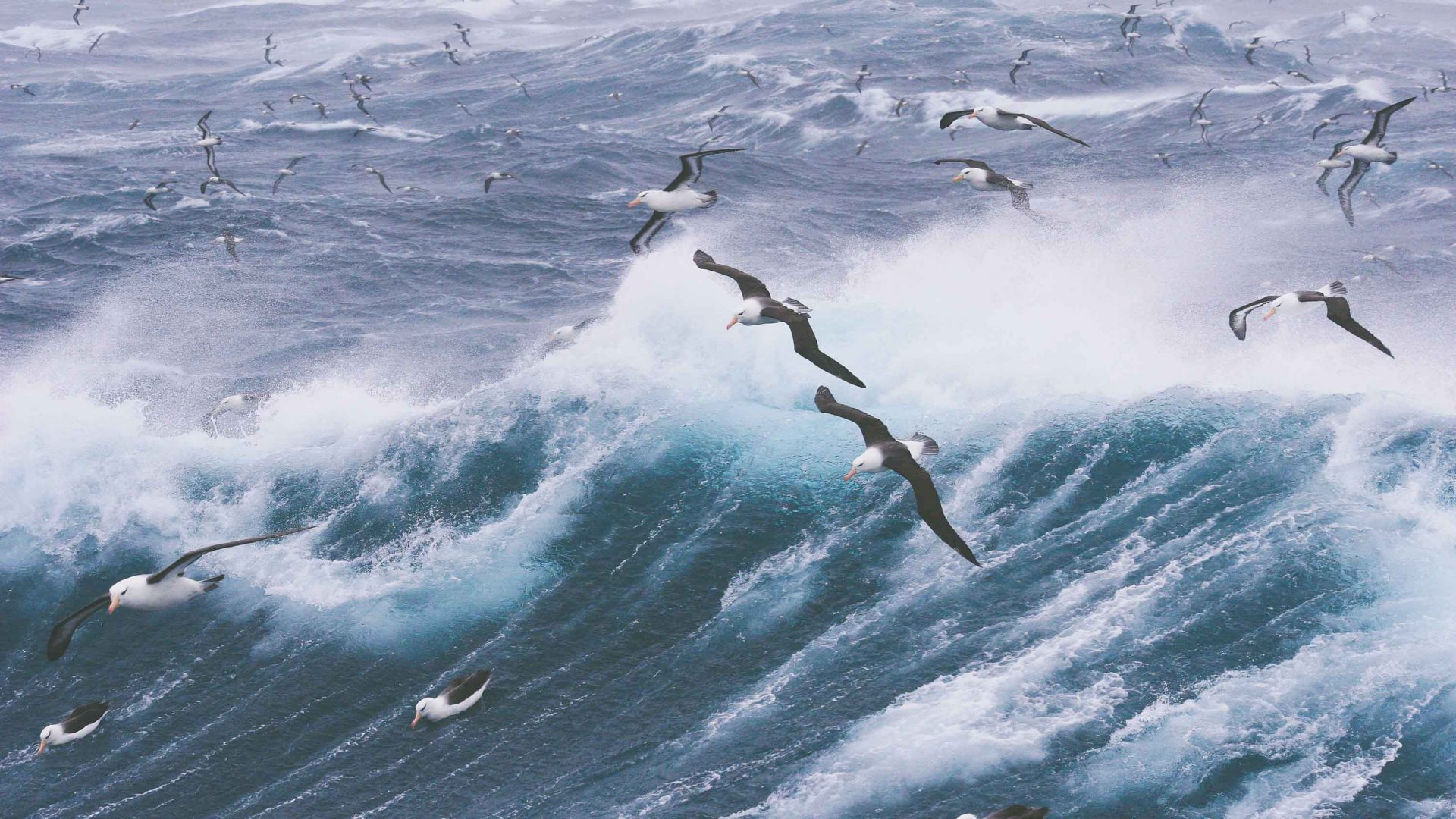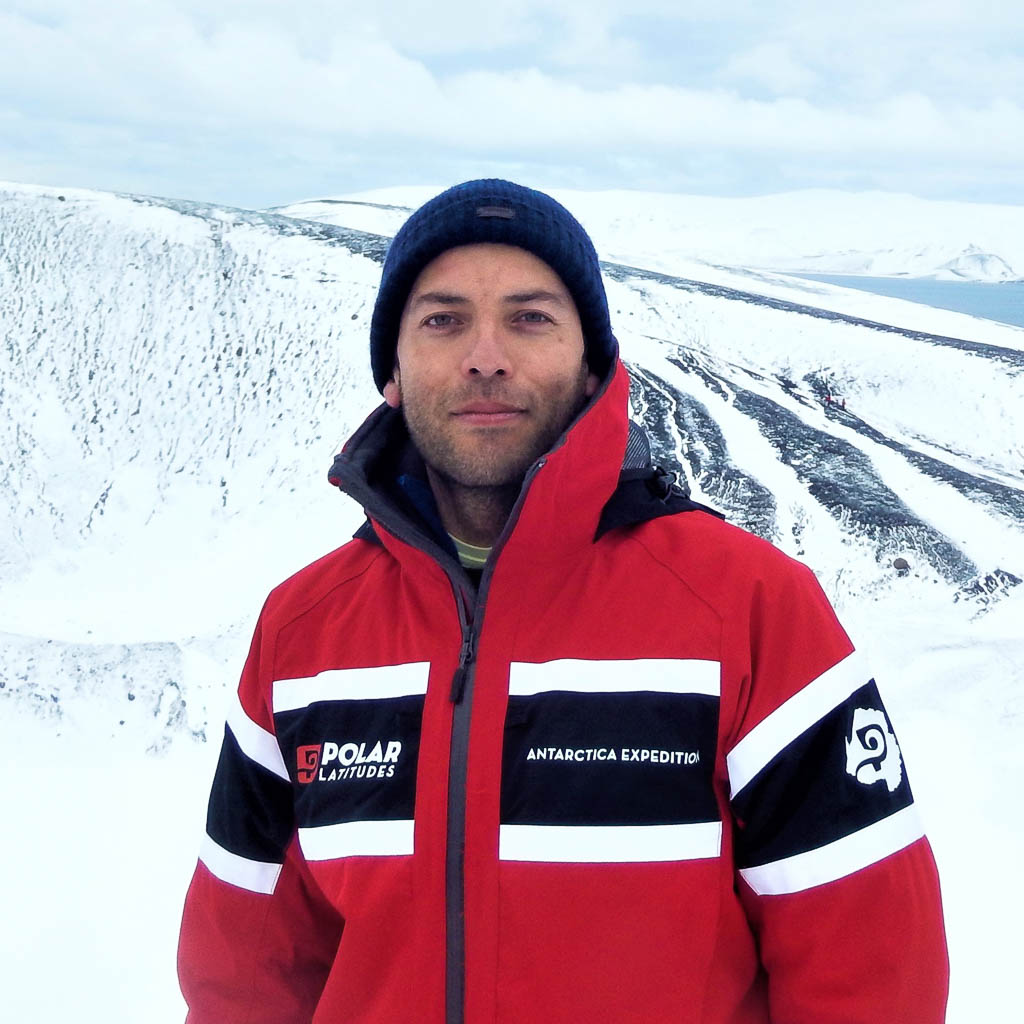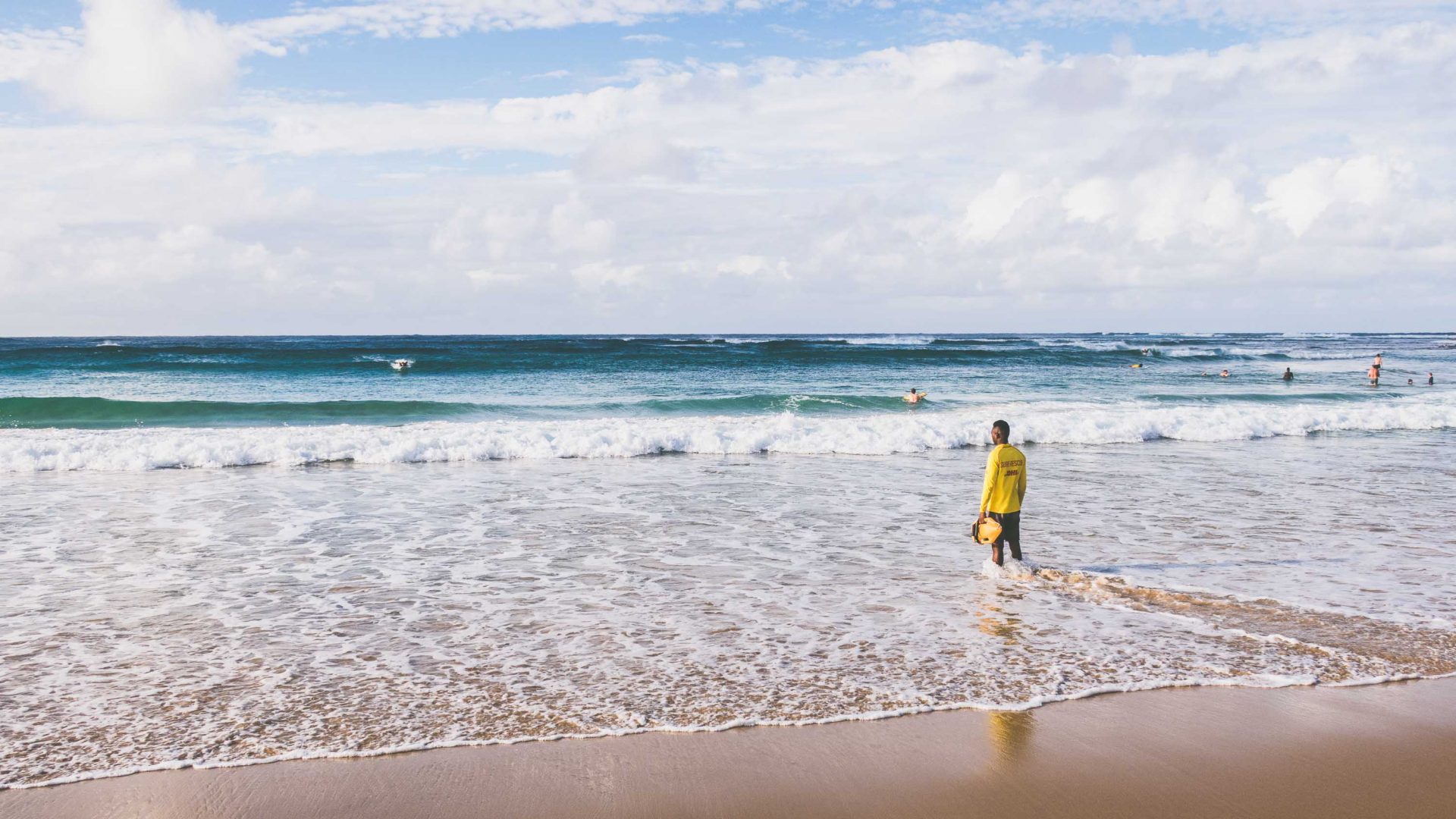The recently-announced expedition will send 10 Maldivian “aquanauts” to study an underwater region uniquely vulnerable to climate change.
When someone ventures up into space to expand the limits of human knowledge and experience, we call them an astronaut. But what do we call the person who goes below the surface, into the unknown depths? An international research team that just began an ambitious underwater survey of the Maldives went with the term, “aquanauts”.
On September 4 2022, a group from the UK-based research institute Nekton was joined by 10 Maldivian aquanauts and scientists to begin a 35-day survey of the ocean surrounding one of the most vulnerable countries in the world to climate change.
The Maldives are 26 atolls (coral reefs on the cratered summits of a chain of submerged volcanoes) and include just over 1,000 islands scattered across 570,000 square miles of the Indian Ocean. The vast majority of the country sits only five feet above sea level, leaving its 560,000 residents highly vulnerable to climate change-driven sea level rise, fish and reef-killing ocean acidification, and more intense storms.
Tourism accounts for nearly a third of the Maldivian economy, which, along with fishing, are the top-two industries in the country. Healthy coral reefs, which slow waves and reduce storm damage and provide the foundation for larger orders of marine life, are critical to both industries.
For ecologists trying to understand the changes that climate change is having on ecosystems and species, a pre-warming snapshot would be the best place to start. But since that’s impossible—average global temperatures are approximately 1.1°C higher than pre-industrial ones, and surface ocean temperatures have already risen by 1.5°C—the next best time is now.
Biologists who study endangered species that were hunted to near-extinction before they were studied, like orcas or bison, would attest to the challenges created by not knowing a historical baseline for an ecosystem. When the species begins to bounce back, they don’t know how large a population can be sustained in a given area, nor how the recovering population interacts with other organisms, or how it’s affected by changes in habitat and climate.
Nekton and a number of other partner organizations are providing robotic cameras and two submersibles (think little matchbox submarines) that hold three people each and go as far down as 1,000 and 500 meters, respectively. Very little is known about the ocean and its inhabitants below 30 meters.
Scientists and technicians on the team plan to make maps, take videos of the coral reefs and collect samples of species. They’re also looking for hints of how ocean ecosystems will respond to the sea level rise that climate change is driving. The shoreline from 20,000 years ago, before the last Ice Age, is about 120 meters below the surface.
Going forward, data from a wide-ranging survey like this one will be a useful reference point for future research. Notably, all the information the team collects will be the property of the Maldivian government. According to Nekton’s description of the Maldives Mission on their website, the information will also be used to establish new marine protected areas and other climate adaptation policies.
Very little is known about the underwater ecosystems that are in the Maldives’ backyard, and anything that researchers are able to learn that might help the low-lying island nation weather the climactic changes to come will be invaluable.
***
Adventure.com strives to be a low-emissions publication, and we are working to reduce our carbon emissions where possible. Emissions generated by the movements of our staff and contributors are carbon offset through our parent company, Intrepid. You can visit our sustainability page and read our Contributor Impact Guidelines for more information. While we take our commitment to people and planet seriously, we acknowledge that we still have plenty of work to do, and we welcome all feedback and suggestions from our readers. You can contact us any time at hello@adventure.com. Please allow up to one week for a response.











